Navigating Cannabis: Exploring New Strains for Reduced Physical & Mental Risks
While new cannabis strains offer therapeutic benefits, frequent or heavy use can lead to various hea…….
The world of cannabis is experiencing a revolution, driven by the continuous evolution of new strains. These novel varieties, carefully cultivated and bred over time, offer unique combinations of cannabinoids, terpenes, and phenotypes, capturing the attention of both enthusiasts and industry professionals. This article delves into the dynamic landscape of new cannabis strains, exploring their definition, global impact, economic implications, technological advancements, regulatory environment, challenges, and future prospects. By examining these aspects, we aim to provide an insightful guide for understanding this rapidly evolving segment.
A “new cannabis strain” refers to a distinct variety of the Cannabis sativa plant that exhibits novel characteristics compared to established strains. These characteristics are primarily determined by its genetic makeup, which can be influenced through selective breeding, cloning, or more advanced techniques like genetic engineering. Key components defining a new strain include:
The pursuit of new cannabis strains has deep roots in both cultural and scientific exploration. For centuries, various cultures have cultivated and selected specific cannabis varieties for their medicinal properties, culinary uses, or recreational effects. However, the modern era of sophisticated strain development began with the rise of medical marijuana movements in the late 20th century. As researchers sought to identify strains with therapeutic potential, they embarked on a journey of genetic analysis and selective breeding, leading to the discovery of novel compounds like CBD and numerous other cannabinoids.
The significance of new cannabis strains lies in their ability to offer specialized benefits tailored to diverse consumer needs:
The influence of new cannabis strains extends across the globe, shaping local markets and cultural practices in significant ways. Key trends include:
Global trends reveal a shift towards high-CBD, low-THC strains for their potential medicinal benefits without the intoxicating effects associated with high THC content. This preference has driven demand for products like CBD oils, capsules, and topicals. Additionally, consumers are increasingly seeking natural, organic, and locally grown cannabis options, influencing strain development and marketing strategies.
The new cannabis strains market is experiencing exponential growth, fueled by the global shift towards legalizing and regulating cannabis for both medicinal and recreational use. According to a report by Grand View Research, the global medical marijuana market size was valued at USD 24.3 billion in 2020 and is expected to expand at a CAGR of 25% from 2021 to 2028. This growth directly contributes to the rise in demand for novel strains that cater to specialized consumer segments.
The economic landscape of new cannabis strains attracts significant investment, with venture capitalists, private equity firms, and established pharmaceutical companies entering the market. These investments are directed towards research and development, strain breeding, cultivation facilities, and infrastructure for distribution and sales. The promise of high returns, coupled with expanding legal frameworks, makes this sector an attractive proposition.
In many regions, the cannabis industry has become a powerful economic engine, creating jobs, generating tax revenue, and fostering local entrepreneurship. The development of new strains plays a crucial role in sustaining and growing these economies by meeting evolving consumer demands and supporting the diversification of product offerings.
One of the most significant technological breakthroughs in cannabis strain development is genetic engineering, particularly through CRISPR (Clustered Regularly Interspaced Short Palindromic Repeats) technology. CRISPR allows for precise editing of plant genomes, enabling breeders to create strains with specific traits or modify existing ones. This technology offers the potential for:
Technological advancements in cultivation techniques have revolutionized indoor and hydroponic farming practices:
The regulatory landscape surrounding new cannabis strains varies widely across jurisdictions. As more countries and states legalize cannabis for medicinal or recreational use, regulations are being established to govern the cultivation, sale, and consumption of these plants. Key considerations include:
International regulations differ significantly from country to country. While some nations have adopted liberal policies allowing for limited personal use and research purposes, others maintain strict controls or outright ban cannabis in all forms. This variability presents challenges for breeders aiming to market new strains globally.
As the cannabis industry expands, ensuring the safety and quality of new strains becomes increasingly critical. Key challenges include:
New cannabis strains can have profound cultural implications, especially when developed from indigenous or locally adapted varieties. Breeders must consider:
The future of new cannabis strains holds immense promise, driven by ongoing research and development efforts:
The market for new cannabis strains is poised for significant diversification:
As the cannabis industry matures, global expansion and regulatory harmonization will become increasingly important:
New cannabis strains represent a dynamic and rapidly evolving segment within the broader cannabis industry. From their scientific development and cultivation to market integration and global expansion, these strains hold immense potential for therapeutic, agricultural, and economic advancements. As the regulatory landscape continues to evolve, addressing challenges related to safety, cultural sensitivity, and sustainability will be crucial in shaping a responsible and prosperous future for the cannabis industry worldwide.
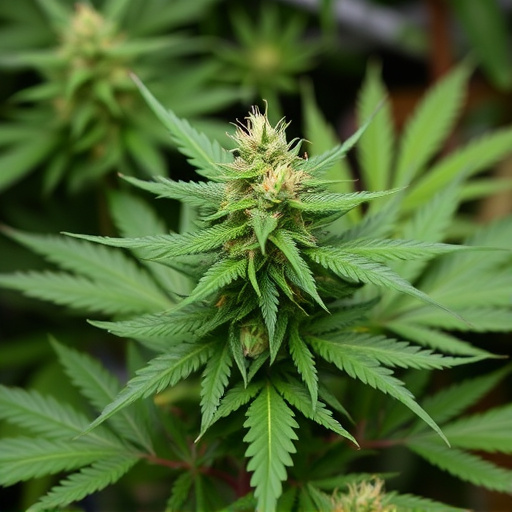
While new cannabis strains offer therapeutic benefits, frequent or heavy use can lead to various hea…….
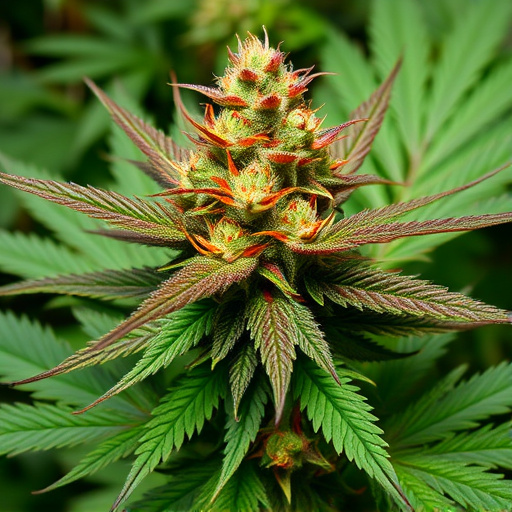
New cannabis strains are gaining popularity for their ability to boost creativity and productivity t…….
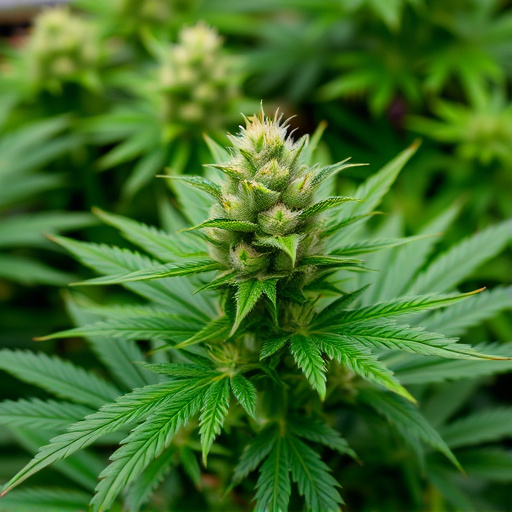
Exploring new cannabis strains is key to enhancing your nighttime routine. Indica-dominant varieties…….

Advanced drug testing methods for marijuana, including urine, saliva, and blood tests, detect THC le…….
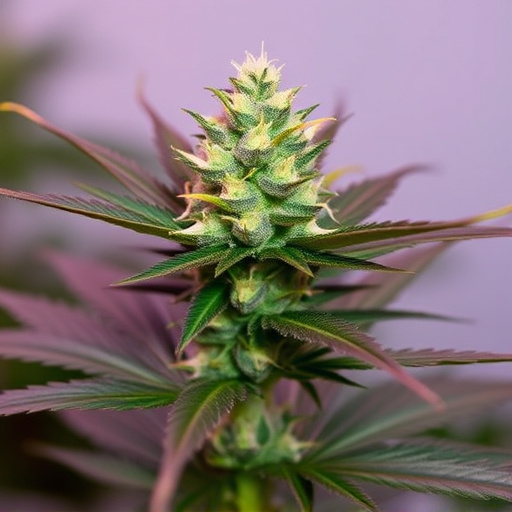
The diverse cannabis landscape offers numerous strains, each with unique therapeutic potential drive…….

Cannabis flower contains over 100 cannabinoids, including THC and CBD, which interact with the body&…….
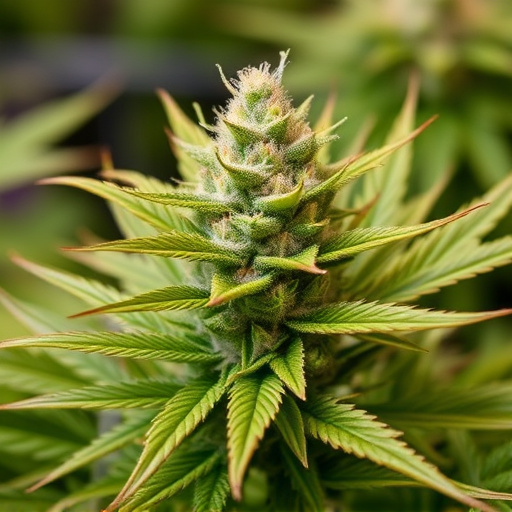
Cannabis potency is influenced by genetic and environmental factors, including terpene profiles and…….
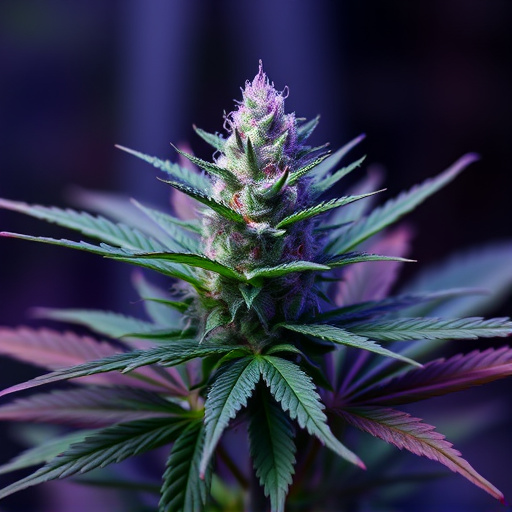
Selecting the ideal cannabis strain involves understanding your preferences and needs, as different…….